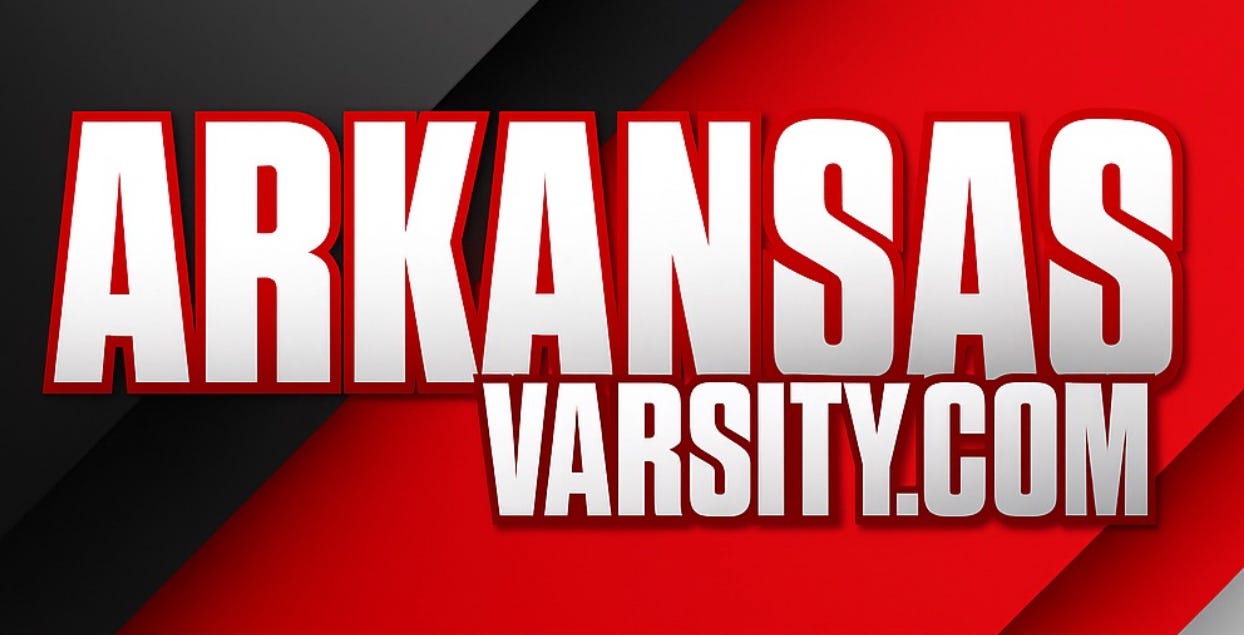Editorial: High School Baseball Recruits Are Getting Left Behind — Here's Why
High school baseball players across the country are finding it harder than ever to earn a spot on college rosters — and it’s a growing issue no one seems to be talking about.
The culprit? The NCAA Transfer Portal.
Once seen as a lifeline for athletes seeking a fresh start, the portal — along with extended eligibility rules — is now reshaping the recruiting landscape in a major way. College coaches are increasingly turning to older, more experienced players from the transfer pool or junior colleges to fill their rosters, leaving fewer opportunities — and less scholarship money — for high school seniors.
Gone are the days when a strong high school season could reliably earn a player a shot at college baseball. Today, even standout high school athletes are getting squeezed out by a system that now favors experience over potential.
The numbers are eye-opening:
Over 80% of current college roster spots are being filled by transfer players or JUCO athletes. That leaves less than 20% for incoming high school seniors — a drastic shift from just a few years ago.
The timeline is shifting too:
High school recruits are being asked to wait longer and longer, often into the spring of their senior year or beyond, as college coaches hold out to see which players enter the portal.
The big question:
Is the NCAA doing enough to protect high school athletes?
With so much emphasis placed on the transfer portal, many are wondering if the current system is sustainable — or fair. Are we heading toward a model that completely sidelines high school recruiting in favor of short-term roster fixes?
Parents, coaches, and athletes alike are raising concerns, and the conversation will hopefully gain some traction.



